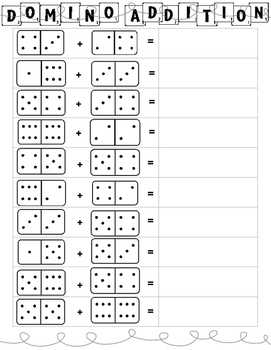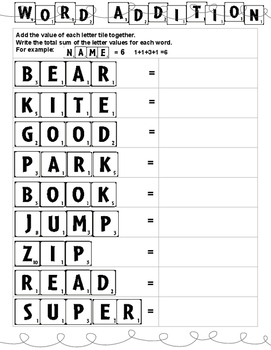Grade 1 Math Worksheets: Addition, Number Sense and Place Value Practice!
- PDF
Description
This is a ready to use, no-fuss package of printables that you can copy and go to support your number sense program. Activities are differentiated for various levels of learners, or different times of the year.
There are fun printables included such as:
Word addition: scrabble-type activity -adding the values of each letter in a word using scrabble tiles (adding with 3-4 addends)
Domino addition: adding the values on dominoes
Rekenrek number identification: write the number shown on the rekenrek
Ten-frame number recognition: adding up to 30 using ten frames
Tally mark practice: use tally marks to represent a number - counting by 5s - various levels of difficulty provided
Home connection - take an inventory at home using tally marks
Number bonds- customizable page to show part-part-whole (early addition)
Base ten addition - write the number of blocks shown using tens and ones
These are classroom tested, easy to use practice activities to support your teaching!





